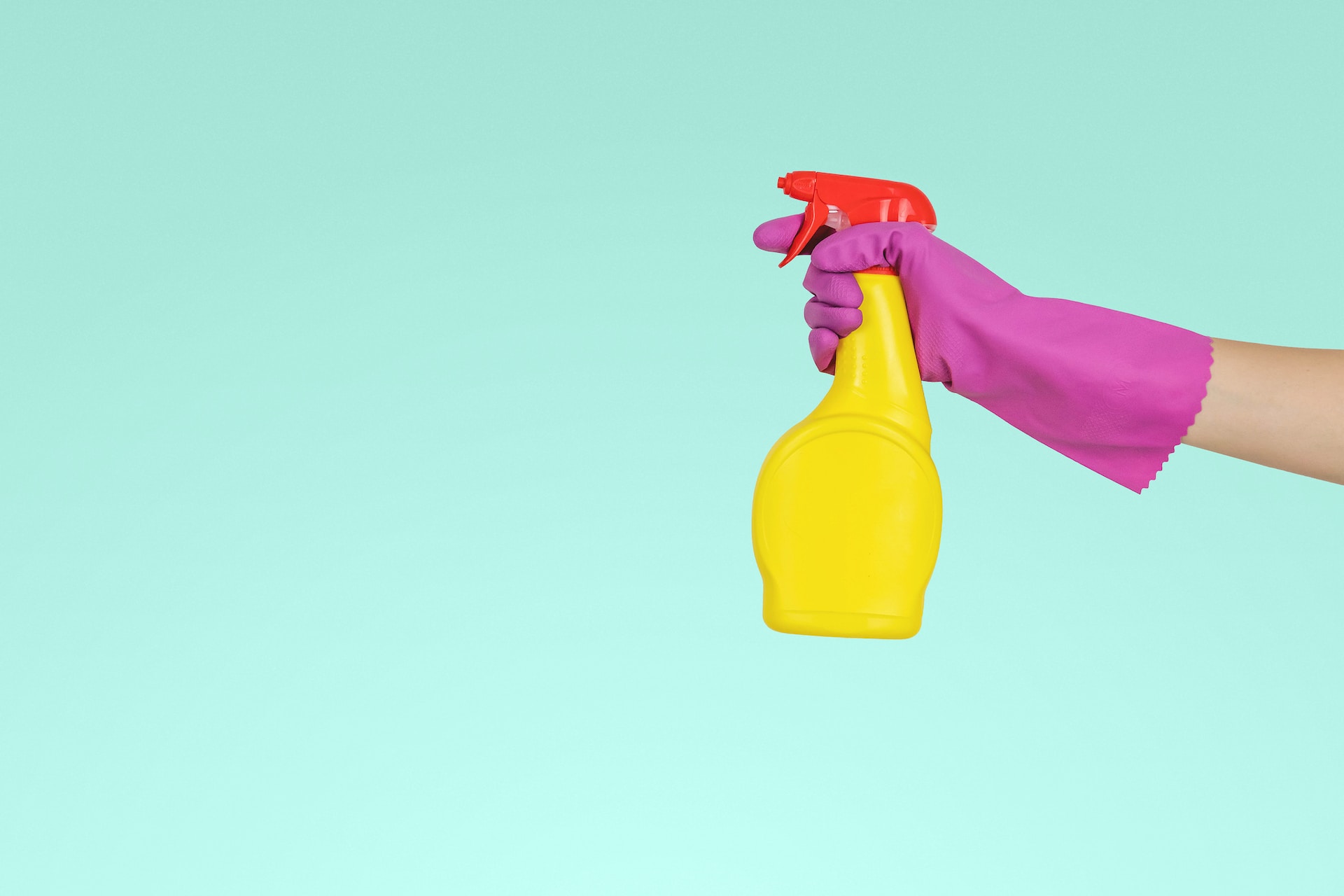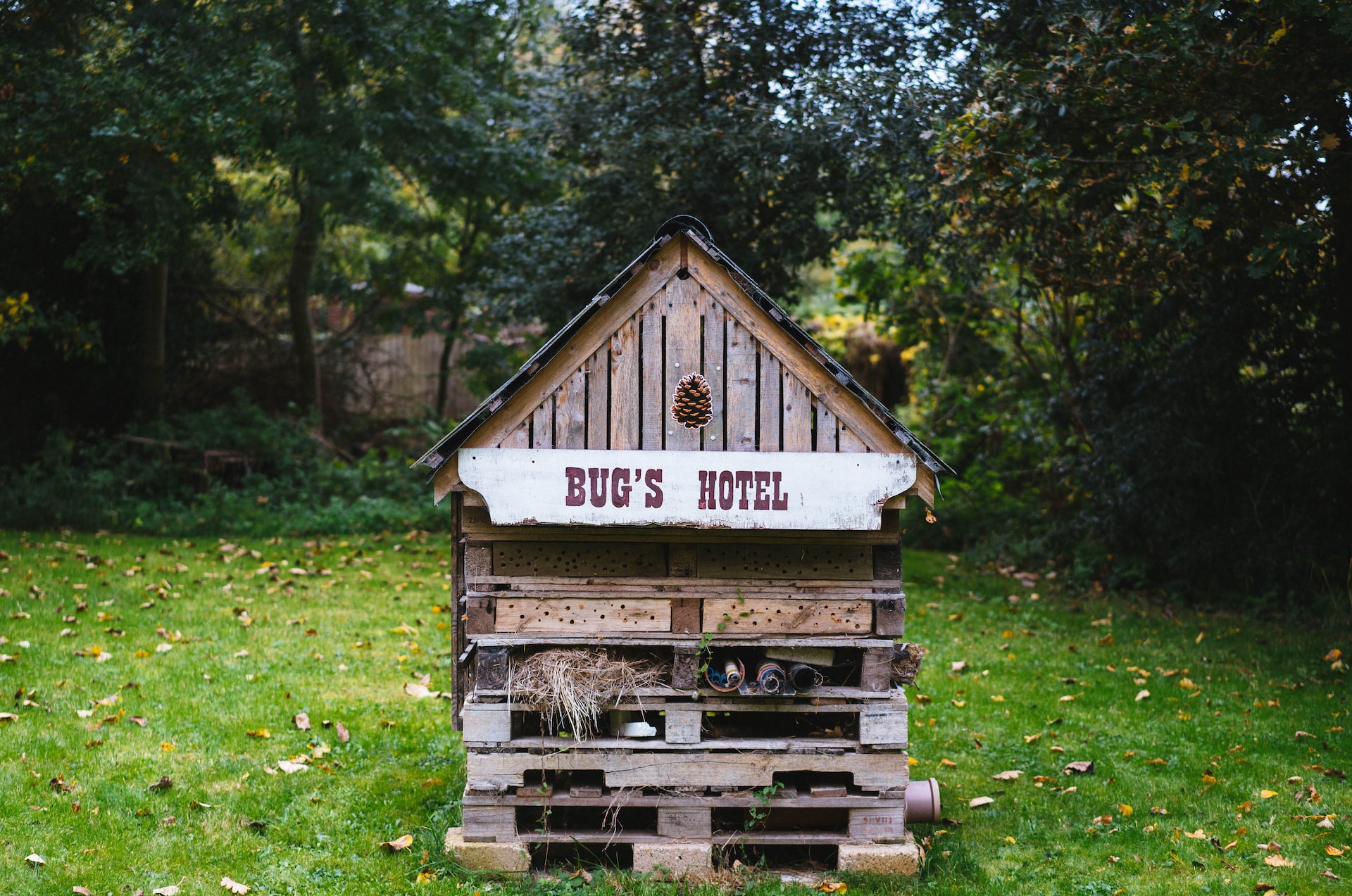The ventilation system above or next to your stove top serves several important functions in the kitchen. It helps remove moisture, smoke and odors, helps improve indoor air quality, and most importantly, helps trap flammable, aerated grease that is creating during the cooking process. Some states or cities require a ventilation hood to be present in the kitchen but even if your area doesn’t require one, you’ll want to make sure one is installed in your kitchen. Regularly cleaning and maintaining this ventilation system will help it function better, remove bacteria and mold, and reduce the risk of a kitchen fire.
Why your kitchen needs an exhaust system
In addition to whisking away odors, steam and smoke, a good ventilation or exhaust system will suck in and trap tiny grease and oil particles that would otherwise end up drifting throughout the kitchen and into rest of the home. Additionally, if you cook with natural gas, understand that a certain amount of nitrogen dioxide (along with carbon monoxide and formaldehyde) may be produced when cooking. These chemicals are bad for the lungs and can aggravate people with asthma or respiratory issues. When cooking, always turn on the exhaust system to help improve the indoor air quality.
How to clean the hood, filters and ventilation system
The exhaust system filters act as a trap for grease and oil and should be cleaned or replaced often. How often depends on the type of filter system as well as how often you cook. If you wok fry food weekly, for example, a monthly cleaning will be necessary. But most find that a regular schedule of cleaning the filters every 3 months is the best way to keep a routine that you can stick to. Recirculating hoods use charcoal disposable filters and should be replaced every 6 to 12 months. Check with your manufacturer for more specific replacement or cleaning instructions.
To clean the wire mesh filters first remove them from the hood or ventilation system. You can either wash them by hand with warm soapy water (some find that baking soda works great too) or you can place them in an empty dishwasher and run a full cycle. You may need to repeat these methods if they are particularly greasy. Once they are clean, inspect them to ensure there is no rusted or broken parts. Let them dry completely before placing them back in the ventilation system.
The rest of the ventilation system, like the hood, should also be periodically cleaned. Most hoods are made from stainless steel so use a cleaning product designed for this material or use one of our non-toxic stainless steel cleaning recipes here. You’ll want to remove dust, grease and debris and always rub the stainless steel in the direction of the grain.
Commercial kitchens regularly have the entire exhaust system cleaned to remove grease and prevent dangerous fires. Homeowners can have this done as well; find a professional who is a member of the International Kitchen Exhaust Cleaning Association.
What happens if you don’t clean the stove ventilation system
The three biggest reasons for keeping the filters and ventilation hood clean are better indoor air quality, reduction of bacteria and mold, and fire risk reduction. As mentioned above, having a functioning and clean ventilation system will help create a healthier indoor air quality. This is especially important in the cooler months of fall and winter when many homeowners are cooking inside more and have the windows closed.
The warm and moist environment directly above a hot stove top is perfect for growing bacteria and mold, especially when there is a steady supply of food particles and oils. Dust can also stick to this grease buildup and create a nasty mess, not to mention a bad smell.
Kitchen fires are a very real hazard that you need to be aware of. When cooking on the stove, high heat mixed with oil can create a flame. If this flame is high enough, or near enough a grease-soaked filter, the flames can catch and spread. A grease or cooking fire can be very scary, spread quickly, and is responsible for 50% of reported residential house fires every year. Always keep a fire extinguisher labeled “for cooking fires” or with a “K” to put out a kitchen grease fire. Read more about fire extinguishers here.




